This BMR Calculator is a simple tool that helps you calculate how many calories your body needs if you were only to rest for the whole day. Based on your age, height, weight, and gender, the basal metabolic rate calculator returns your BMR score. Keep reading to learn what BMR is, how to calculate BMR, and learn more about the Mifflin St Jeor equation and other BMR formulas. We will also show you the differences between calculating BMR for a male and estimating BMR for a female.
For more inquisitive readers, we have prepared a brief, theoretical background on how to distinguish basal metabolic rate (BMR) from resting metabolic rate (RMR). We also have written about what factors affect our BMR. Do we have an influence on our BMR? Keep reading to find an answer!
We try our best to make our Aarogyam Calculators as precise and reliable as possible. However, this tool can never replace a professional doctor's assessment. If any health condition bothers you, consult a physician.
Basal metabolic rate is the amount of energy a human body uses when it is completely at rest. It's the amount of energy your body needs to support its vital functions: breathing, blood circulation, controlling body temperature, and brain and nerve functions, to name a few. The organs that use the most energy at rest are the brain, the central nervous system, and the liver.



What's interesting is that, throughout the day, more energy is consumed by the regulation of fluid volumes and ion levels than in the actual mechanical work of contracting muscles (e.g., breathing). We automatically correct concentrations and the amounts of different substances in various areas of our body to preserve homeostasis (a state of steady internal conditions). Sometimes this requires transporting substances through barriers (e.g., cell membranes) and against a concentration (or molarity) gradient. This means that particles are transported from space, with their low concentration, to space with a higher concentration – a process that requires energy.
On a whole-body scale, this amounts to a lot of energy. It also explains why our central nervous system consumes so much energy in terms of basal metabolic rate. When a neural impulse is conducted, a lot of different ions change their location. Afterward, they need to be transported back to their original place.
People regularly use more energy than their basal metabolic rate. It is because most people do not spend all day in bed without moving! Walking, running, working, talking, and even digesting are actions that require some extra energy greater than the basal metabolic rate. To achieve such a low expenditure of energy, you have to be physically and psychologically inactive. In other words, you cannot use any muscles or think intensively. You need to be as relaxed as humanly possible. Other necessary criteria include staying in an environment with thermal comfort and not eating for a certain period. The latter condition assures that you will not be using energy to digest food. In a scientific setting, BMR is often measured during a period of sleep.
Your BMR accounts for about 60% to 75% of your total energy expenditure (TEE), depending on your lifestyle and activity level. The total energy expenditure is the total number of calories you burn every day. The rest of your TEE comes from the physical activities (walking, talking, eating, etc.) and food digestion. Physical activities account for about 20% of your total energy expenditure but can vary a bit depending on how often you exercise for and its intensity. Food digestions, or as some say, postprandial (after-meal) thermogenesis, use around 10% of your TEE. BMR tends to decrease with age and with a lower lean body mass. On the other hand, increasing your muscle mass will most likely increase your BMR.


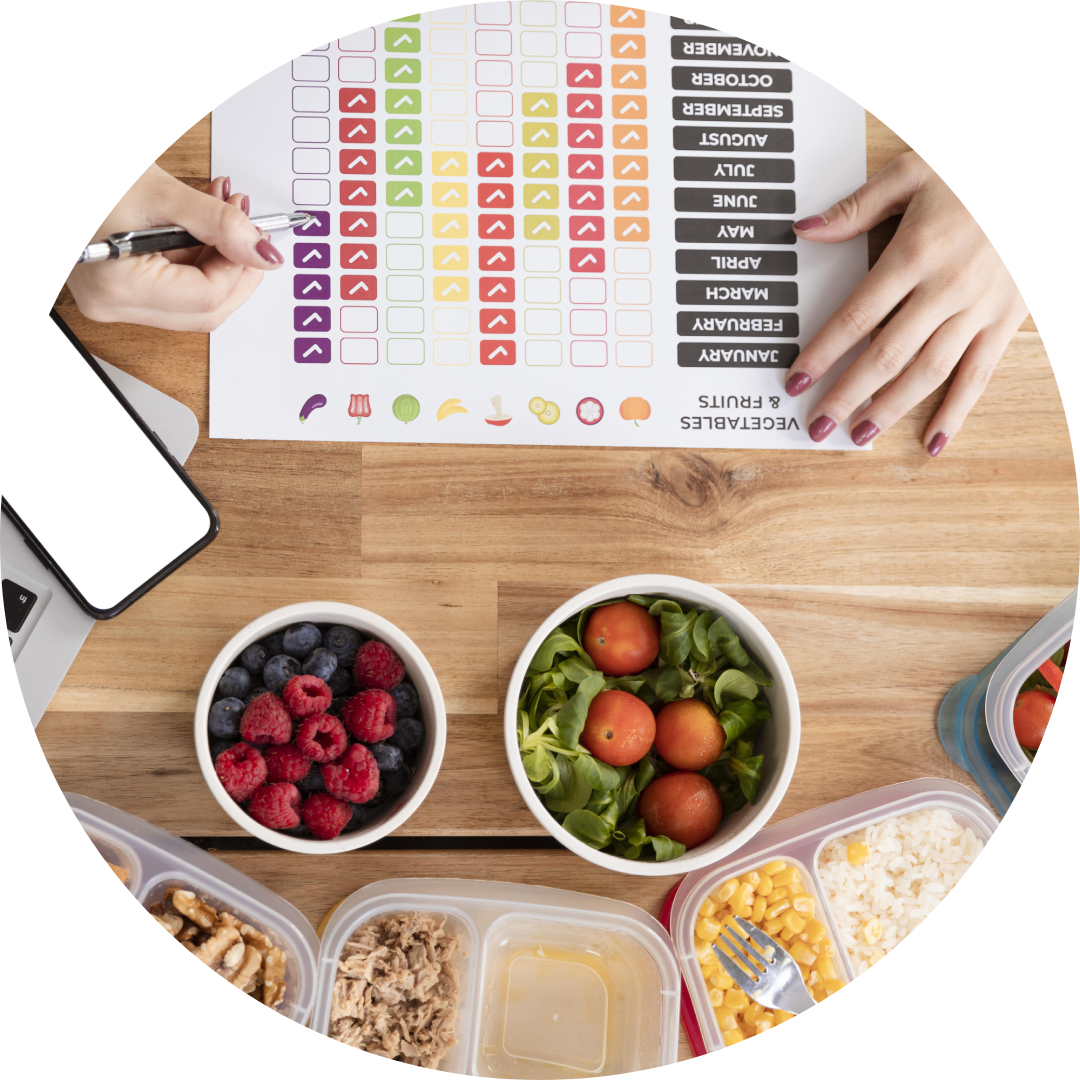


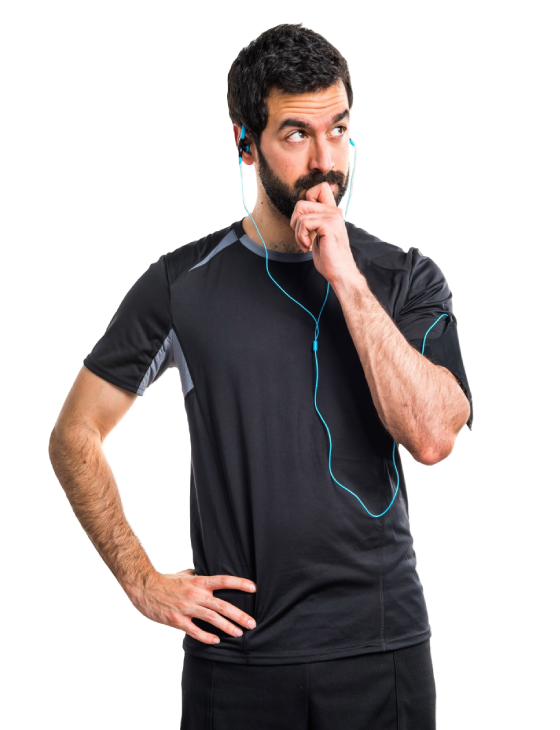

We’ve helped countless individuals achieve their health goals. See how real people have transformed their lives through Aarogyam Club’s proven syst
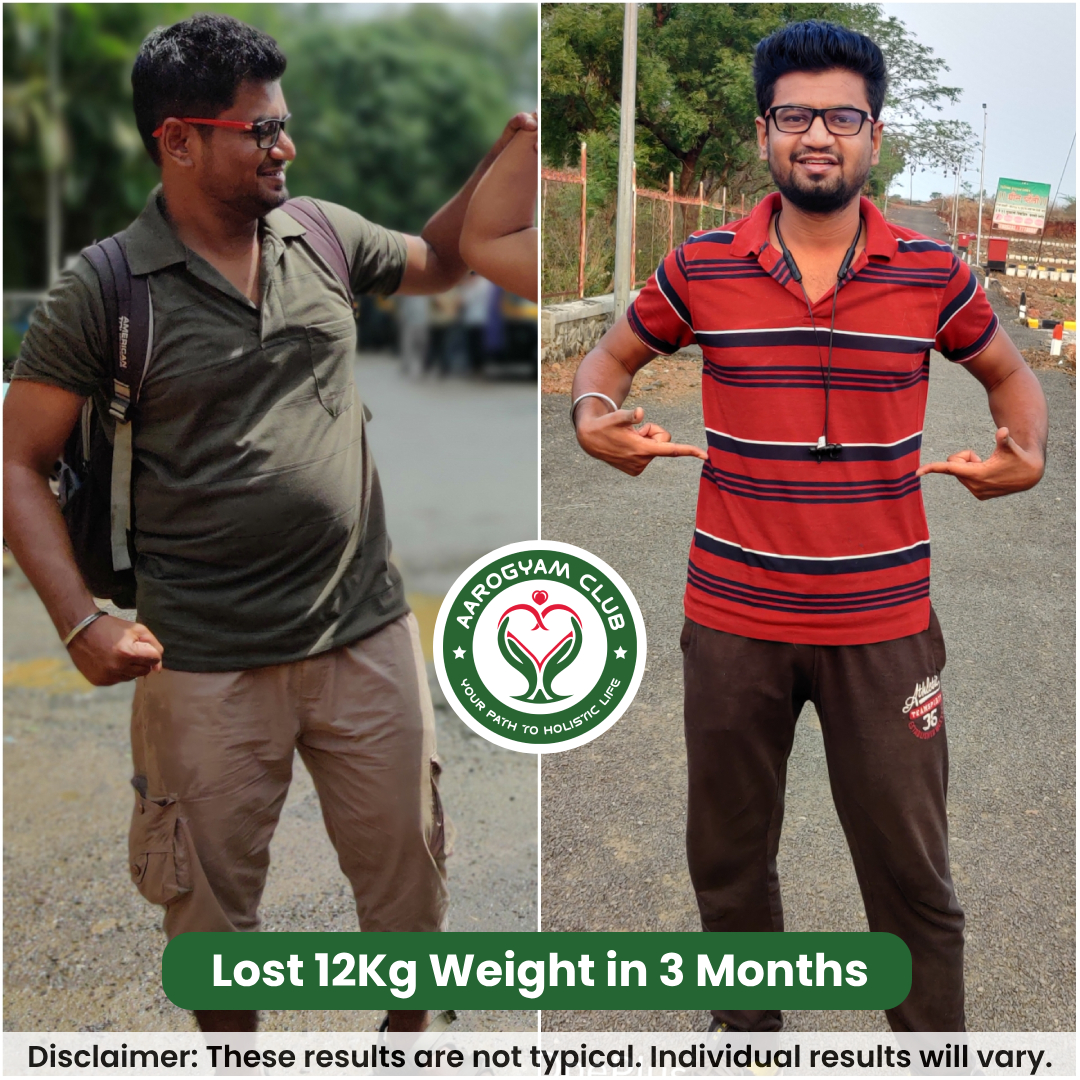
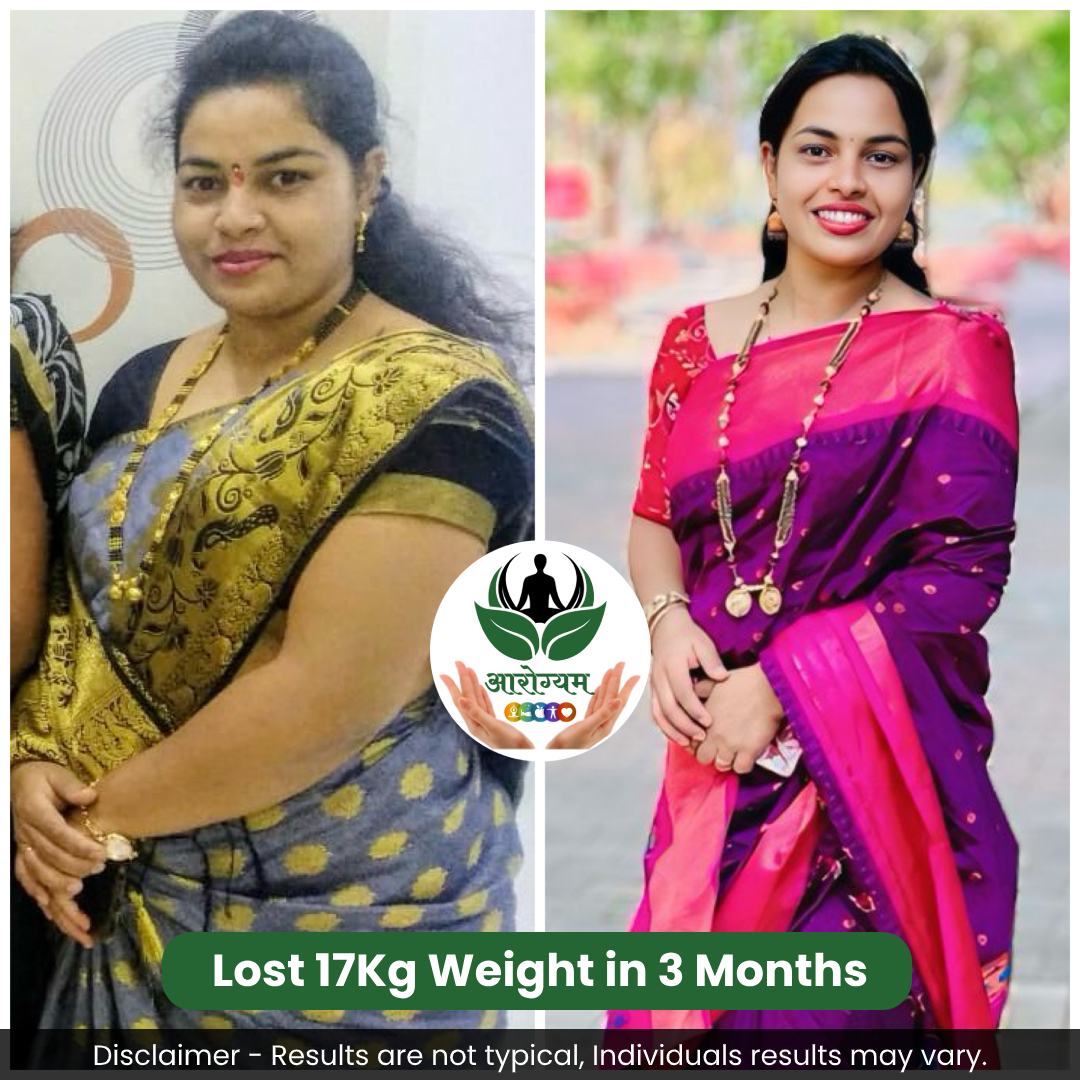

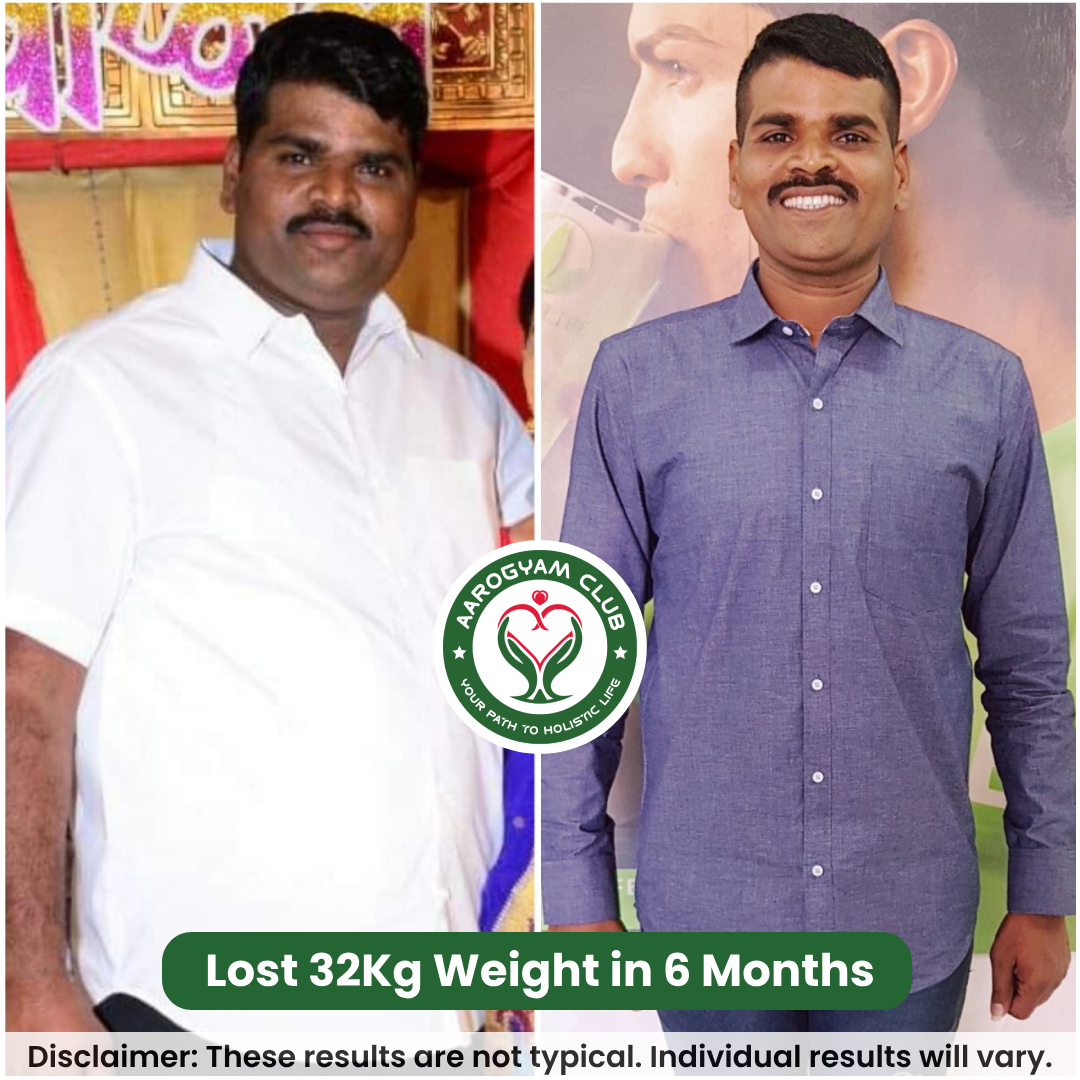

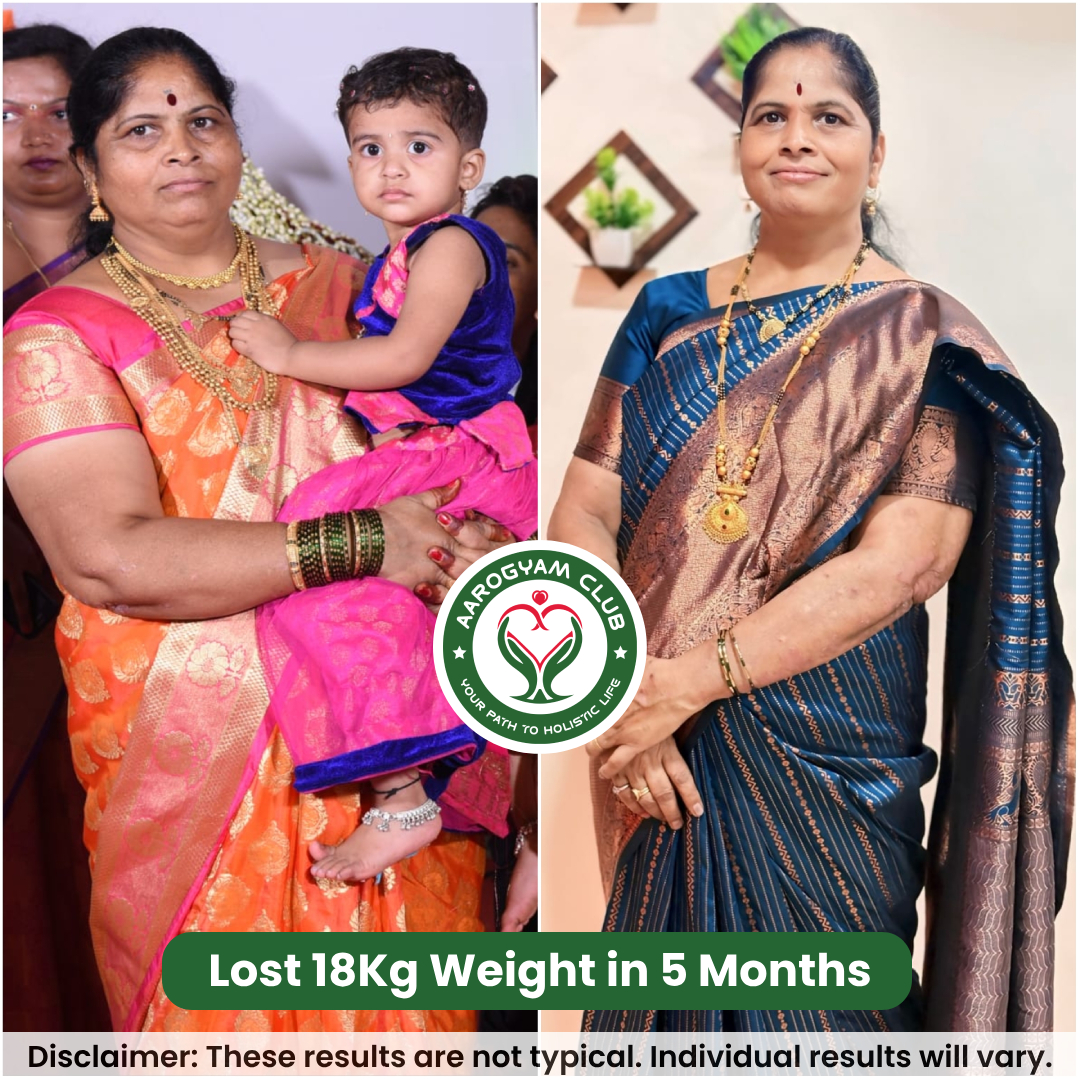










A holistic health community focused on sustainable transformation.
Yes, it’s designed for all fitness levels.
Yes, it’s designed to be budget-friendly.
Results depend on commitment, but our methods are proven effective.
Yes, regular live sessions are included
No, we focus on balanced, sustainable eating.
Yes! Personalized coaching is available.
Movement is encouraged, but no gym workouts are mandatory.
Lose 3-5 kg in 30 days with consistency.
Absolutely! It’s safe and effective for all ages.